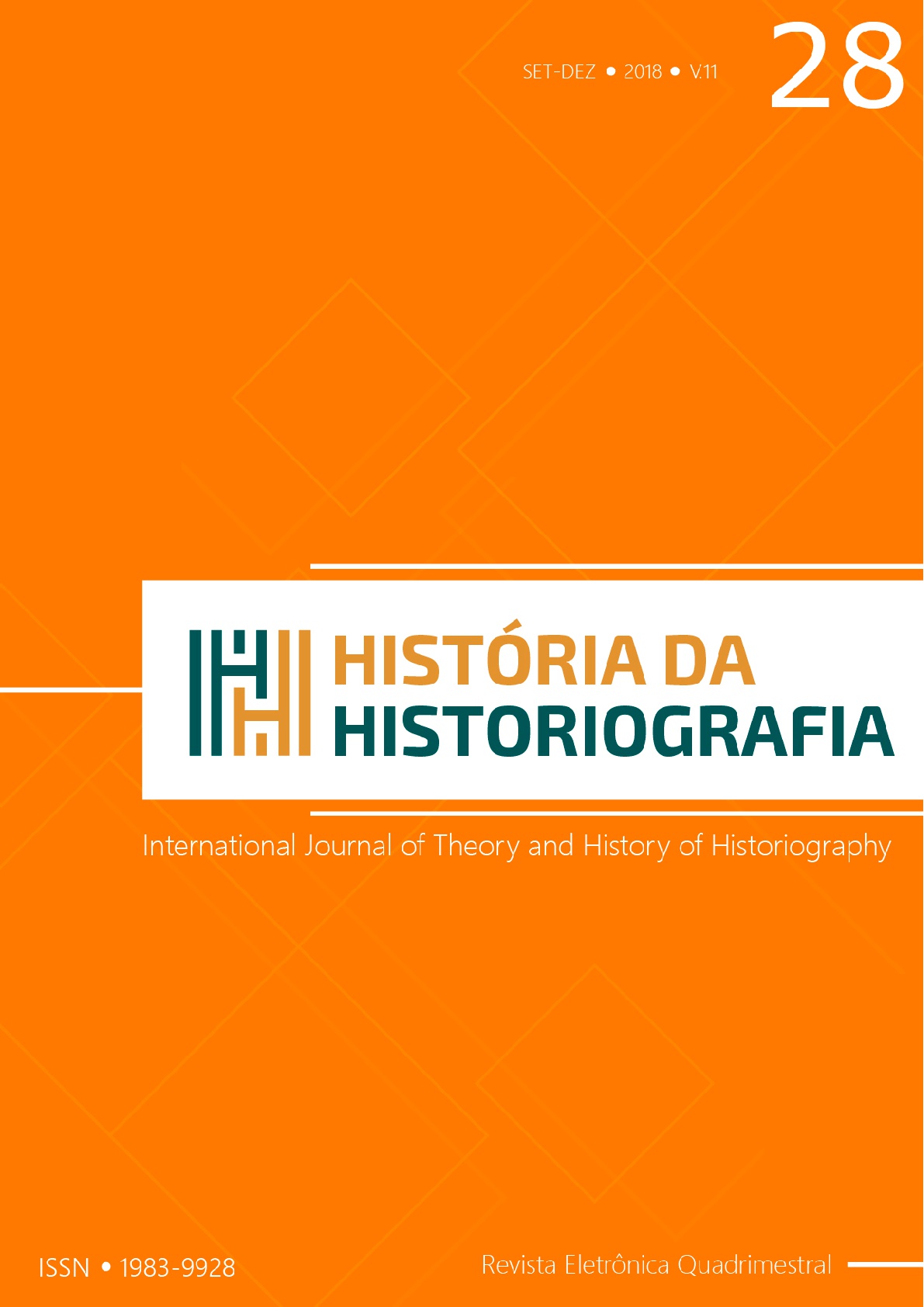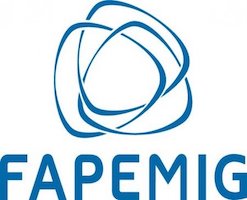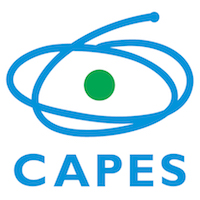The Florentine Quattrocento and the art historiography in Aby Warburg
DOI:
https://doi.org/10.15848/hh.v11i28.1302Palabras clave:
Historiografía alemana, Renacimiento, FlorenciaResumen
The work of Aby Warburg (1866-1929), dedicated above all to the great theme of the survival of the classical tradition in the European Renaissance, has gained notoriety in recent decades, including in Brazil. This article seeks an immersion in the work of this historian, circumscribing the discussion, in particular, to the thesis on Botticelli and some successive studies on the theme of the Florentine Quattrocento. We present a reading guided by an effort of contextualization, in which it is sought to identify Warburg’s main historiographical references, demonstrating his latent interlocution with the art historiography produced in the German-speaking world. In this sense, this article sustains that Warburg was clearly aligned with the tradition of “art history as cultural history”, present in the work of authors such as Jacob Burckhardt, Anton Springer and Hubert Janitschek.
Descargas
Citas
BING, Gertrud. A. M. Warburg. Journal of the Warburg and Courtauld Institutes, v. 28, p. 299–313, 1965. DOI: https://doi.org/10.2307/750675
BURCKHARDT, Jacob. Beiträge zur Kunstgeschichte von Italien: das Altarbild, das Porträt in der Malerei, die Sammler. Basel: C. F. Lendorff, 1898.
BURCKHARDT, Jacob. The civilization of the Renaissance in Italy. London: Penguin, 2004 [1860].
CADOGAN, Jean K. Domenico Ghirlandaio: artist and artisan. New Haven, London: Yale University, 2000.
DIDI-HUBERMAN, Georg. A imagem sobrevivente: história da arte e tempo dos fantasmas segundo Aby Warburg. Rio de Janeiro: Contraponto, 2013 [2002].
DIERS, Michael. Warburg aus Briefen: Kommentare zu den Kopierbüchern der Jahre 1905–1918. Weinheim: Acta Humaniora, 1991.
DROMMERT, René. Aby Warburg und die Kulturwissenschaftliche Bibliothek in der Heilwigstraße. In: GALITZ, Robert; REIMERS, Brita (Orgs.). Aby Warburg: »Ekstatische Nymphe... trauernder Flußgott« Portrait eines Gelehrten. Hamburg: Dölling und Galitz, 1995, p. 14–18.
FERNANDES, Cássio. O lugar de o retrato na pintura italiana do Renascimento na obra de Jacob Burckhardt. In: BURCKHARDT, Jacob. O retrato na pintura italiana do Renascimento. Campinas, São Paulo: Unicamp, Fap- Unifesp, 2012, p. 21–47.
FORSTER, Kurt. Introduction. In: WARBURG, Aby. The renewal of pagan Antiquity: contributions to the cultural history of the European Renaissance. Los Angeles: Getty Research Institute, 1999, p. 1–75.
GASPARY, Adolf. Geschichte der italienischen Literatur. Strassburg: K. J. Trübner, 1885. DOI: https://doi.org/10.1515/9783111448794
GRIMM, Herman. Sandro Botticelli, Geburt der Venus und Frühling. Deutsche Literaturzeitung, v. 14, p. 690–692, 1893.
GOMBRICH, E. H. Aby Warburg: an intellectual biography. 2ª ed. Chicago: The University of Chicago, 1986 [1970].
HEYCK, Eduard. Die Mediceer. Bielefeld, Leipzig: Velhagen & Klasing, 1897.
JANITSCHEK, Hubert. Die Gesellschaft der Renaissance in Italien und die Kunst: vier Vorträge. Stuttgart: W. Spemann, 1879.
JANITSCHEK, Hubert. L.B. Alberti‘s kleinere kunsttheoretische Schriften. Wien: W. Braumüller, 1877.
KAEGI, Werner. Das Werk Aby Warburgs: mit einem unveröffentlichten Brief Jacob Burckhardts. Neue Schweizer Rundschau, v. 1, n. 5, p. 283–293, 1933.
LADWIG, Perdita. Das Renaissancebild deutscher Historiker 1898–1933. Frankfurt am Main: Campus, 2004.
LADWIG, Perdita; TREML, Martin; WEIGEL, Sigrid. Die Nymphe und pagane Totenklage: Die Renaissance als Übergangszeitalter. Vorbemerkung der Herausgeber. In: Aby Warburg: Werke in einem Band. Berlin: Suhrkamp, 2010, p. 187–197.
LEVINE, Emily J. Dreamland of humanists: Warburg, Cassirer, Panofsky, and the Hamburg School. Chicago, London: The University of Chicago, 2013. DOI: https://doi.org/10.7208/chicago/9780226061719.001.0001
MCEWAN, Dorothea. Wanderstrassen der Kultur: die Aby Warburg – Fritz Saxl Korrespondenz 1920 bis 1929. Hamburg, München: Dölling und Galitz, 2004.
PRANGE, Regine. Die Geburt der Kunstgeschichte: Philosophische Ästhetik und empirische Wissenschaft. Köln: Deubner, 2004.
ROECK, Bernd. Der junge Aby Warburg. München: C. H. Beck, 1997.
RÖSCH, Perdita. Aby Warburg. Paderborn: Wilhelm Fink, 2010.
SAXL, Fritz. The history of Warburg’s library (1886–1944). In: GOMBRICH, E. H. Aby Warburg: an intellectual biography. 2ª ed. Chicago: The University of Chicago, 1986, p. 325–338 [1970].
SLOVIN, Francesca Cernia. Obsessed by art – Aby Warburg: his life and his legacy. [S.l.]: Xlibris, 2006 [1995].
SPRINGER, Anton. Bilder aus der neueren Kunstgeschichte. Bonn: Adolph Marcus, 1886 [1867]. 2 vol.
THODE, Henry. Franz von Assisi und die Anfänge der Kunst der Renaissance in Italien. Essen: Emil Vollmer, 1998 [1885].
WARBURG, Aby. Conferencia sobre Rembrandt. In: WARBURG, Aby. Atlas Mnemosyne. Madrid: Akal, 2010 [1926], p. 173–178.
WARBURG, Aby. Der Eintritt des antikisierenden Idealstils in die Malerei der Frührenaissance. In: WARBURG, Aby. Werke in einem Band. Berlin: Suhrkamp, 2010 [1914], p. 281–310.
WARBURG, Aby. Flemish and Florentine art in Lorenzo de’ Medici’s circle around 1480. In: WARBURG, Aby. The renewal of pagan antiquity: contributions to the cultural history of the European Renaissance. Los Angeles: Getty Research Institute, 1999 [1901a], p. 305–307.
WARBURG, Aby. Flemish art and the Florentine early Renaissance. In: WARBURG, Aby. The renewal of pagan antiquity: contributions to the cultural history of the European Renaissance. Los Angeles: Getty Research Institute, 1999 [1902a], p. 281–303.
WARBURG, Aby. Florentinische Wirklichkeit und antikisirender Idealismus. In: WARBURG, Aby. Werke in einem Band. Berlin: Suhrkamp, 2010 [1901b], p. 211–233.
WARBURG, Aby. Francesco Sassetti’s last injunctions to his sons. In: WARBURG, Aby. The renewal of pagan antiquity: contributions to the cultural history of the European Renaissance. Los Angeles: Getty Research Institute, 1999 [1907], p. 223–262.
WARBURG, Aby. Sandro Botticelli’s Birth of Venus and Spring. In: WARBURG, Aby. The renewal of pagan antiquity: contributions to the cultural history of the European Renaissance. Los Angeles: Getty Research Institute, 1999 [1893], p. 89–156.
WARBURG, Aby. The art of portraiture and the Florentine bourgeoisie. In: WARBURG, Aby. The renewal of pagan antiquity: contributions to the cultural history of the European Renaissance. Los Angeles: Getty Research Institute, 1999 [1902b], p. 185–221.
WARBURG, Aby. Vom Arsenal zum Laboratorium. In: WARBURG, Aby. Werke in einem Band. Berlin: Suhrkamp, 2010 [1927], p. 683–694.
Descargas
Publicado
Cómo citar
Número
Sección
Licencia
Los autores son los poseedores de los derechos de autor de los manuscritos enviados. Se autoriza a la revista História da Historiografia: International Journal for Theory and History of Historiography la realización de la publicación del referido texto. Los datos, conceptos y opiniones presentados en los trabajos, así como la exactitud de las referencias documentales y bibliográficas, son de entera responsabilidad de los autores.

Este trabajo está licenciado con una licencia Creative Commons Attribution 4.0 International License.


















